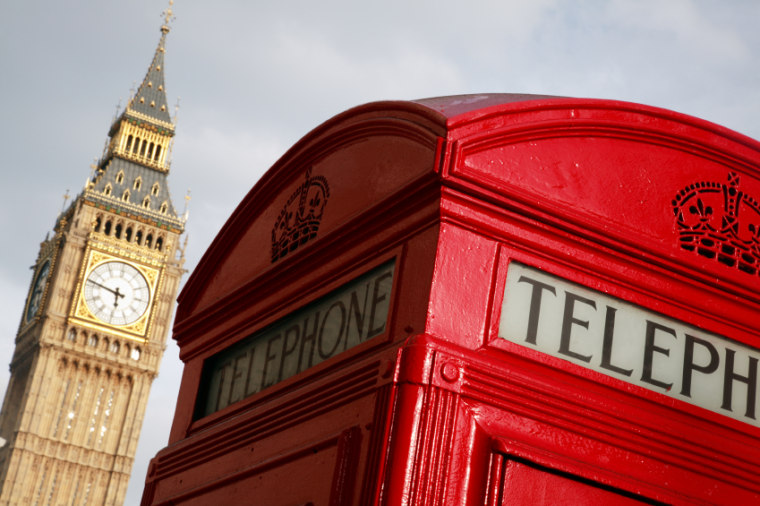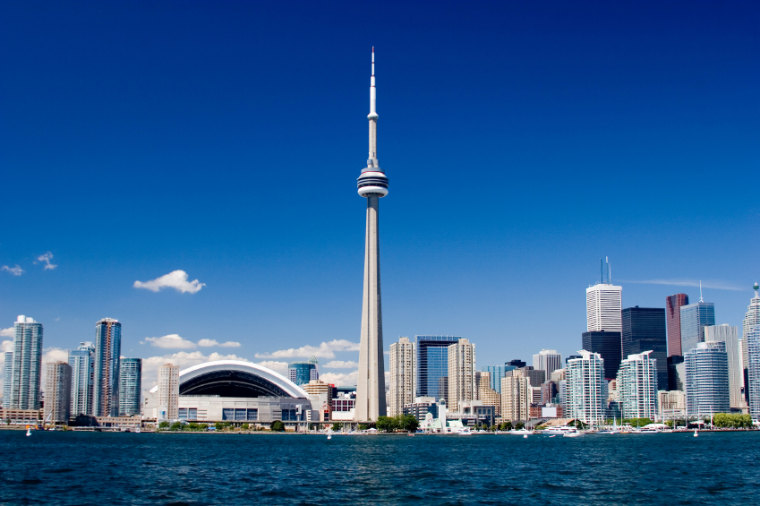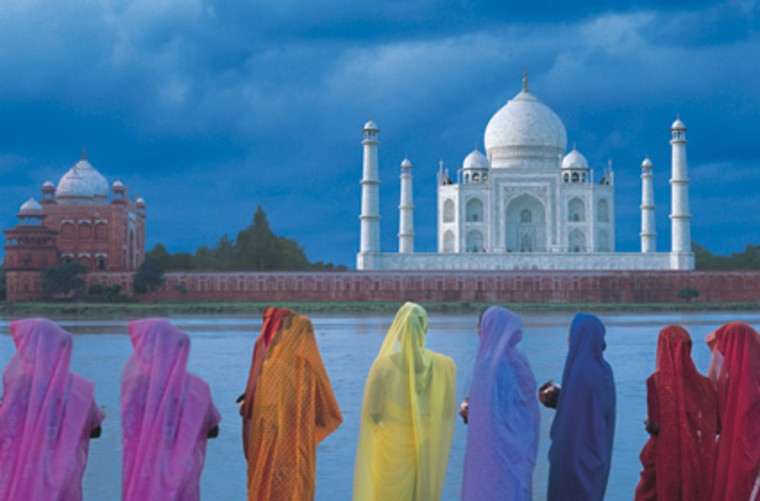In a year when economic indicators took Grand Canyon-sized plunges, it should come as no surprise that fewer Americans jetted off to foreign lands than they did the previous year.
What may be surprising is that the decline in U.S. outbound travel wasn't worse: Overall, according to the U.S. Department of Commerce’s Office of Travel and Tourism Industries (OTTI), American travelers to foreign countries totaled 63.6 million in 2008, the last full year statistics are available, just a 1 percent decrease compared to 2007.
Whether the downward trend will continue throughout 2009 remains to be seen, but indicators are pointing toward further decreases. OTTI's data through May of this year show an overall 7.7 percent decrease compared with the same time frame in 2008.
Japan National Tourism Organization spokesperson Nori Akashi says Japan is “expecting just a flat line of the number of U.S. travelers this year.” Oscar Fitch, CEO of the Mexico Tourism Board, says Mexico had “a slight reduction of international visitors (1.9 percent) from January to May 2009.”
However, the ranking of overseas destinations is likely to be unchanged.
In many ways, the list of Americans' favorite destination countries looks similar to the way it did the last time Forbes Traveler checked in with OTTI — its figures for 2006, that halcyon era when the word "bailout" still conjured boats instead of banks.
Once again, proximity reigned, as neighbors Mexico and Canada topped OTTI's list of American destination nations. Mexico saw a 4 percent increase compared with 2007, while Canada welcomed 7 percent fewer American visitors than the previous year.
Fitch attributes the increase in Americans' travel to Mexico to the southern neighbor's "added value, proximity and diversity."

In tight economic times, Fitch adds, "Mexico's proximity to the U.S. and Canada makes it a perfect choice for North Americans seeking shorter vacations or destinations closer to home ... [and] Mexico offers travelers more value for their money, regardless of their budget."
"The quantity and quality of Mexico's tourism offerings," Fitch says, "enable the country to satisfy the needs and tastes of all tourism segments." He said Cancún, Mexico City and Los Cabos were the top three destinations visited by Americans last year. However, 2009 visitor numbers may be seriously affected by fears of the swine flu pandemic that broke out there in the spring of this year.

Even so, Mexico was one of the few winners in year-to-year comparisons. Several overseas destinations, like Italy and Germany, showed steep year-to-year declines, with 18 and 17 percent decreases in the number of American travelers that visited the countries in 2008 compared with the previous year.
Japan, too, experienced a notable slowdown in American travel, dropping seven percent from OTTI's figures for 2007.
"The major factor is definitely the economic slowdown," says Akashi. "Almost 50 percent of the U.S. travelers to Japan are business travelers, and the recession caused business trip cancellations to Japan as well."
Akashi adds that airline service changes also had an impact: "Some nonstop services to Japan have been canceled due to the business shift to China and the airline industry's financial slowdown."
For the 1.6 million Americans who did make it to the Land of the Rising Sun, Akashi says Tokyo was their No. 1 destination — 5.34 million people visited the capital.
In Germany, where 22 percent of American travelers visit on business, the weakened economy meant that an "upward trend that had endured around the world since 2003 was suddenly turned on its head [as] business trips were hit especially hard," according to the German National Tourist Board. Meanwhile, the top European destination for U.S. travelers — the United Kingdom — has a steady stream of tourists.
